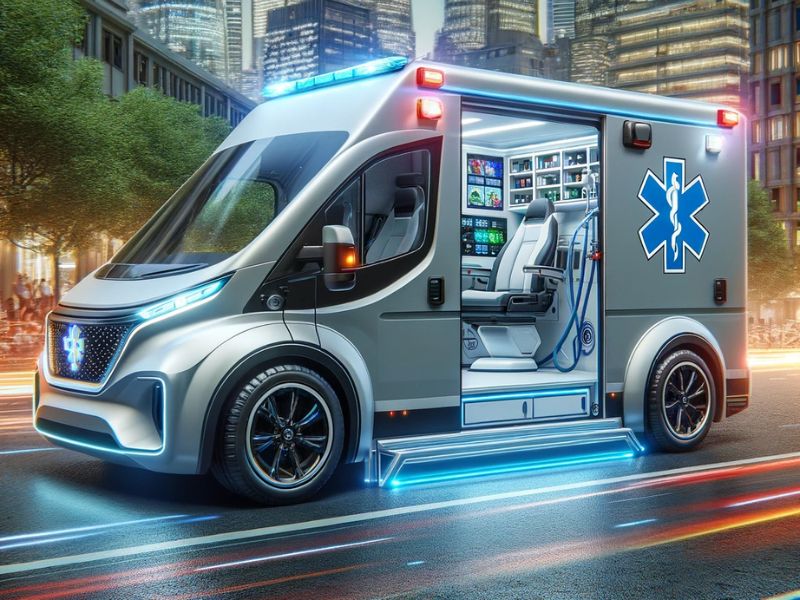
Revolution and Innovation in the Rescue Vehicle Market
A new era of technologically advanced and eco-friendly rescue vehicles is emerging globally
Technological Innovations in EMS Vehicles
The emergency medical services (EMS) vehicle industry is undergoing a significant technological evolution. Leading companies in the sector, such as Crestline Coach Ltd., Braun Industries, Inc., and REV Group, are focusing on creating ambulances equipped with advanced technologies. These include automated stretchers, internal and external lighting systems for safety, medical equipment lockers with both internal and external access, radio frequency identification systems to track equipment, and teleconsultation. Such innovations not only enhance the safety and comfort of patients and paramedics but also improve the operational efficiency of ambulances.
Challenges and Opportunities in the EMS Market
Despite technological progress, the EMS sector faces various challenges. The adoption of technologies like telemedicine and unmanned aerial vehicles (UAVs) may encounter technical difficulties that limit their implementation. Additionally, compliance with stringent regulations and standards can increase costs, making it challenging for smaller providers to compete in the market. However, these challenges also represent opportunities for innovation and adaptation, which are essential for the ongoing advancement of the industry.
The Global Fire Truck Market
Meanwhile, the global fire truck market is experiencing significant growth, projected to reach $6.3 billion by 2028. This increase is fueled by a rise in fire-related fatalities, more intense wildfires, and technological advancements in firefighting equipment. Fire trucks with water tanks, high-pressure hoses, and the capability to respond to medical emergencies are becoming increasingly crucial in rescue and disaster response missions.
Sustainable Revolution in the EMS Sector
An emerging trend in the sector is the development of eco-friendly rescue vehicles. REV Group, for example, is working on producing electric ambulances in response to the growing demand for sustainable transportation technologies. Collaborating with Hamad Medical Corporation in Qatar to test a zero-emission electric ambulance is an example of this. These initiatives represent a significant step toward a more sustainable future for rescue vehicles.
In conclusion, the rescue vehicle sector is undergoing a period of significant evolution characterized by technological innovations, operational challenges, and a growing focus on sustainability. These trends are shaping a future where the safety, efficiency, and sustainability of rescue vehicles are at the forefront of attention.
Sources


